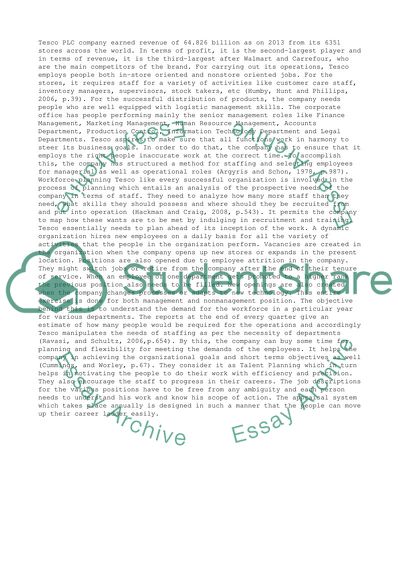Cite this document
(Organization Gender and Culture Case Study Example | Topics and Well Written Essays - 1500 words, n.d.)
Organization Gender and Culture Case Study Example | Topics and Well Written Essays - 1500 words. Retrieved from https://studentshare.org/management/1484648-how-can-tesco-fulfill-its-need-to-adapt-to-changes
Organization Gender and Culture Case Study Example | Topics and Well Written Essays - 1500 words. Retrieved from https://studentshare.org/management/1484648-how-can-tesco-fulfill-its-need-to-adapt-to-changes
(Organization Gender and Culture Case Study Example | Topics and Well Written Essays - 1500 Words)
Organization Gender and Culture Case Study Example | Topics and Well Written Essays - 1500 Words. https://studentshare.org/management/1484648-how-can-tesco-fulfill-its-need-to-adapt-to-changes.
Organization Gender and Culture Case Study Example | Topics and Well Written Essays - 1500 Words. https://studentshare.org/management/1484648-how-can-tesco-fulfill-its-need-to-adapt-to-changes.
“Organization Gender and Culture Case Study Example | Topics and Well Written Essays - 1500 Words”, n.d. https://studentshare.org/management/1484648-how-can-tesco-fulfill-its-need-to-adapt-to-changes.


